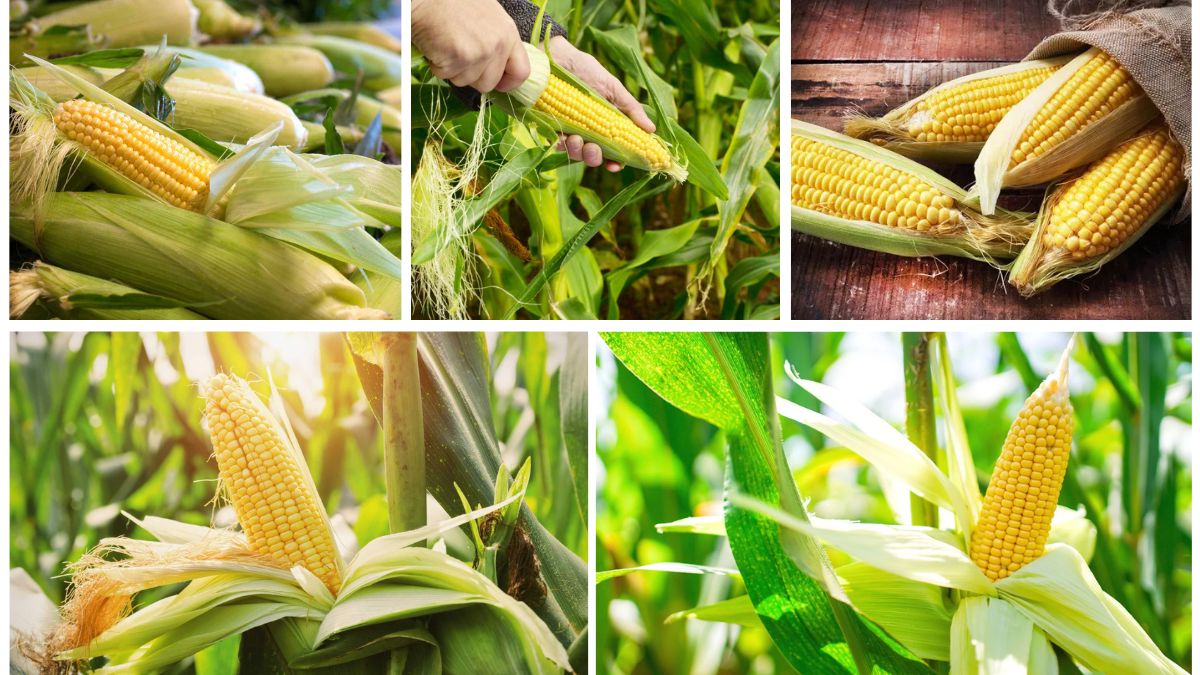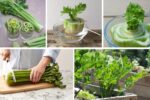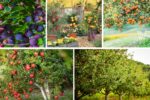Corn is one of the most iconic summer crops, celebrated for its sweet, juicy kernels that are perfect for grilling, boiling, or enjoying straight off the cob. Traditionally, corn is thought to need large garden spaces because it’s a tall, wind-pollinated crop. However, with careful planning and smart gardening techniques, it’s entirely possible to grow delicious, sweet corn in small spaces.
In this guide, we’ll explore how to grow corn in small spaces, including choosing compact varieties, soil preparation, planting techniques, care, pollination tips, and harvesting, so you can enjoy a bountiful summer harvest even in a limited garden area.
Why Corn is Worth Growing

Growing your own corn has many advantages:
- Flavor: Homegrown corn is naturally sweeter and fresher than store-bought varieties.
- Variety: You can experiment with different colors and types of corn—yellow, white, bicolor, and even ornamental varieties.
- Self-Sufficiency: Corn provides a rewarding summer crop for families, even in urban or small backyard gardens.
- Educational: Growing corn teaches about plant growth, pollination, and seasonal cycles.
Step 1: Choosing the Right Corn Varieties for Small Spaces
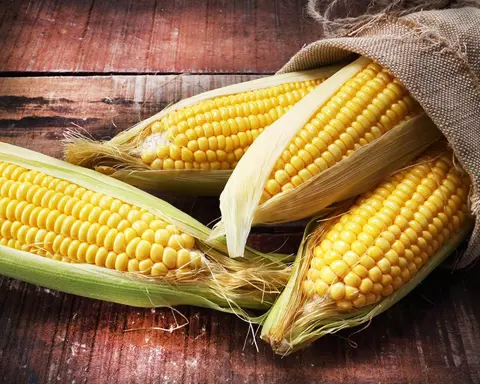
Not all corn varieties are suitable for small-space gardening. Selecting compact or bush-type varieties is essential.
Recommended Compact Corn Varieties
- ‘Golden Bantam’: A traditional, sweet yellow corn variety that grows 4–5 feet tall.
- ‘Sugar Buns’: Bush-style corn, ideal for container or raised bed planting.
- ‘Hawkstone’: Early maturing, compact variety suitable for small gardens.
- ‘Spacemaster’: Specifically bred for limited space, producing sweet, tender ears.
Tips for Variety Selection
- Choose early-maturing varieties to avoid space constraints and shorten the time to harvest.
- Bush or dwarf types are perfect for small plots, raised beds, or container gardening.
- Consider disease-resistant varieties for a healthier crop in tight spaces.
Step 2: Preparing Your Soil
Corn is a heavy feeder that thrives in fertile, well-draining soil.
Ideal Soil Conditions
- Soil Type: Loamy soil is ideal; sandy loam works well in containers.
- Soil pH: Slightly acidic to neutral (6.0–7.0).
- Nutrients: Incorporate compost, aged manure, or slow-release fertilizers for optimal growth.
Small Space Preparation Tips
- If planting in raised beds, ensure the bed is at least 12 inches deep.
- For container corn, use pots 12–18 inches wide and deep, filled with nutrient-rich potting mix.
Step 3: Planting Corn
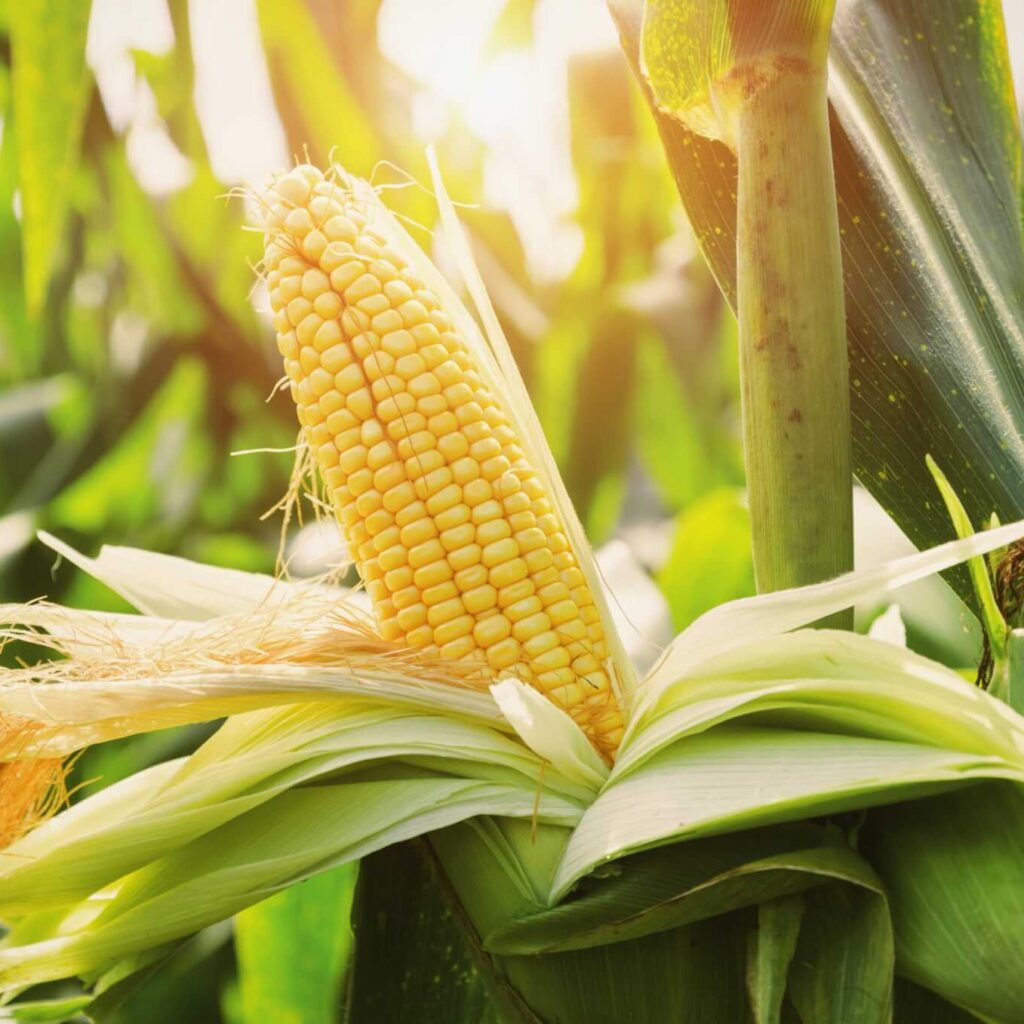
Timing
- Corn is frost-sensitive and prefers warm soil (60–65°F) for germination.
- Plant 2–3 weeks after the last frost in spring.
Spacing
- Even in small spaces, proper spacing ensures healthy growth and pollination:
- Bush varieties: 8–12 inches between plants, 18–24 inches between rows.
- Tall varieties: 12–18 inches between plants, 24–36 inches between rows.
Planting Technique
- Dig holes or furrows according to spacing recommendations.
- Sow 2–3 seeds per hole at ½–1 inch depth.
- Thin seedlings to the strongest plant once they develop their first set of true leaves.
- Water thoroughly after planting to encourage germination.
Step 4: Caring for Corn in Small Spaces
Sunlight
- Corn requires full sun, at least 6–8 hours per day, for the best ear development.
- In small gardens, place taller varieties toward the back so shorter plants aren’t shaded.
Watering
- Corn has shallow roots, so consistent watering is crucial, especially during tasseling and ear development.
- Water deeply 1–2 times per week or more during dry periods.
- Mulch around the base to retain moisture and regulate soil temperature.
Fertilization
- Apply a balanced fertilizer at planting.
- Side-dress with nitrogen-rich fertilizer when plants reach 12 inches tall and again at tassel emergence to encourage strong stalks and larger ears.
Step 5: Pollination Techniques for Small Spaces

Corn is wind-pollinated, which can be challenging in small gardens. Proper pollination ensures plump, full ears.
Tips for Successful Pollination
- Plant corn in blocks rather than single rows. A 4×4 or 3×3 planting grid improves wind pollination.
- Hand Pollination: Shake or tap tassels over silks each morning during flowering. You can also collect pollen in a small brush and transfer it to each silk for guaranteed results.
- Ensure all silk threads on an ear are pollinated; otherwise, kernels may be missing or uneven.
Step 6: Supporting Corn in Small Gardens
- Staking: Tall corn varieties may need stakes to prevent wind damage in small or exposed gardens.
- Companion Planting: Corn grows well with beans and squash, using the “Three Sisters” method to maximize space. Beans provide nitrogen, and squash provides ground cover to reduce weeds.
- Container Stability: For container-grown corn, ensure pots are heavy or secured to prevent tipping as stalks grow tall.
Step 7: Pest and Disease Management
Even in small spaces, corn is susceptible to common pests and diseases:
Common Pests
- Corn Earworms: Handpick or use row covers early in growth.
- Aphids: Spray with insecticidal soap or introduce beneficial insects.
- Cutworms: Protect seedlings with collars or barriers.
Common Diseases
- Rust or Powdery Mildew: Ensure proper spacing and airflow; remove affected leaves promptly.
- Fusarium or Bacterial Stalk Rot: Avoid overwatering and rotate crops each year.
Step 8: Harvesting Corn
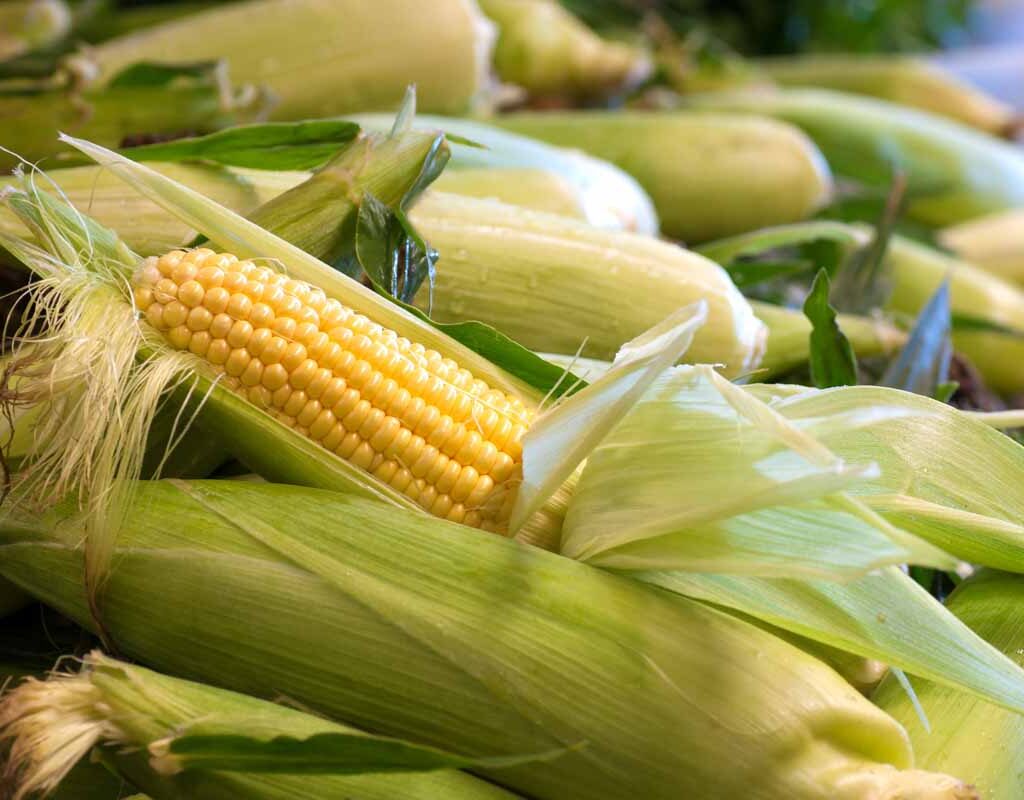
Knowing when to harvest ensures maximum sweetness and tenderness:
- Ears are typically ready 18–24 days after silk emergence.
- Check for plump kernels that exude a milky liquid when pressed.
- Harvest in the morning for peak sweetness.
- Twist and pull ears downward, cutting the stalk if necessary.
Tip: Corn sweetness decreases quickly after harvest, so enjoy it fresh off the plant whenever possible.
Step 9: Maximizing Yield in Small Spaces
- Succession Planting: Plant corn in 2–3 week intervals for a continuous harvest throughout summer.
- Fertilizer Management: Side-dress with nitrogen during rapid growth stages to increase ear size.
- Pruning: Remove damaged or weak stalks to concentrate nutrients on healthy plants.
- Mulching: Helps retain moisture, suppress weeds, and keep soil temperature consistent.
Extra Tips for Growing Sweet Corn
- Sunlight is Key: Insufficient light reduces sugar content.
- Avoid Stresses: Consistent water and nutrients produce sweeter ears.
- Block Planting: Always plant in clusters, not single rows, for effective pollination.
- Container Gardening: Bush varieties thrive in pots, making corn possible even on patios or balconies.
- Monitor for Pests: Quick intervention prevents loss of precious small-space crops.
Final Thoughts
Growing corn in small spaces is not only possible—it can be highly rewarding with the right techniques. By choosing compact varieties, preparing nutrient-rich soil, providing consistent water and sunlight, ensuring pollination, and protecting plants from pests and diseases, even gardeners with limited space can enjoy sweet, tender, homegrown corn.
With patience, attention, and proper care, your small garden can yield bountiful ears of corn throughout the summer, providing fresh, flavorful, and nutritious vegetables that are far superior to anything found in stores. The secret to success lies in planning, smart planting, and consistent care—and the taste of your first homegrown cob will make all your efforts worthwhile.
